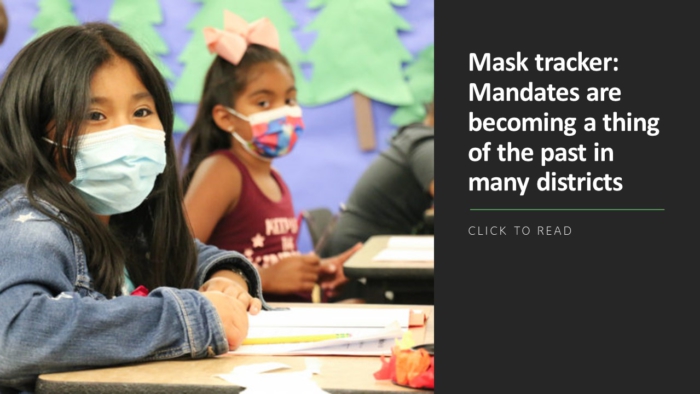“Kids aren’t using it as a tool. They use it for endless entertainment. They’re using it as an escape. They’re using it as a weapon against other kids. When you really see what’s happening, it’s truly, truly sad.”
So says John Schwind, CEO of Converlation, a program designed for students aged 8-14 that helps them to recognize their technology use outside of the classroom and encourages safe and healthy consumption habits. According to research released by the Pew Research Center in August, 54% of teenagers say it would be difficult to give up social media. In addition, nearly half of them say they use the internet “almost constantly.”
Schwind explains that even before the pandemic, students’ technology use outside of school was already a growing problem. “COVID exacerbated the situation,” says Schwind. “It was bad before. Because the kids were on tech all the time during COVID, it’s even that much worse.”
Technology habits have a profound impact on student engagement and performance in the classroom, says Kathy Van Benthuysen, CPO of Converlation and a former educator of nearly 30 years in Wall, New Jersey. She remembers noticing a distinct shift in how her students communicated with her and how well they engaged in the classroom as technology became more accessible for kids and families. “I had always limited technology in the room just because I would see what was happening with kids through the years as a result of technology use on the outside,” she says. “Every morning for every single day of my career I would greet the students at the door and I would say, ‘Good morning, how are you doing today?’ And I would expect two things. I would expect you to make eye contact with me and I would expect you to respond.”
“In the beginning of my career, every kid could do that. As technology came around, I would have to remind a couple of kids like, ‘This is common courtesy… this is what you do’ and so on.”
More from DA: School cellphone rules: Why they’re such a difficult call for districts
By the end of her teaching career in 2021, only one of her 19 students on the first day of school was able to properly greet her at the door.
These issues prompted Schwind and Van Benthuysen to develop a program that schools can implement using their pandemic relief funds to encourage students to share their consumption habits healthily without the fear of judgment because there is no wrong answer, says Van Benthuysen.
“The parents are looking at the school to do something about it, and the school is looking at the parents to do something about it, where this is really a shared responsibility and a shared obligation,” says Schwind. “And that’s what we’re trying to do. And the schools can mandate it because it’s affecting their schools so much.”
Through a series of reflective activities, students can engage with their teachers and their peers about their use of technology at home. “It starts off with a self-assessment piece,” says Van Benthuysen. “This is where students self-reflect on their technology use. And the teachers that have gone through it said that there were behavior changes with the kids based on doing this.”
From there, they roll out eight activities over a semester. Each activity has a specific purpose and a desired outcome and is broken into four steps.
First, students are exposed to startling facts about technology. Then they watch a video about a certain topic geared toward keeping them engaged. Next, students are asked a series of questions designed to encourage discussion about how technology impacts their lives. Lastly, they are challenged to participate in an activity with other people without using technology.
The beauty of this program, according to Van Benthuysen, comes in the training provided to teachers. It’s only five minutes. “If I got a nickel every time I heard, ‘Oh we don’t want something else added to our plate,'” says Van Benthuysen. “It’s truly five minutes… there’s no training. This is something that literally impacts every single thing that they do during the day. It’s teaching students how to have conversations.”



